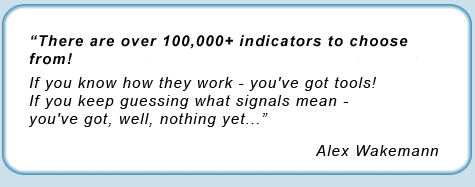
|
 |

|
Elliott Wave PatternsImpulsive Wave Patterns1. Extended waves - waves that is elongated in nature with smaller sub-waves that are distinctively visible.
2. Diagonal triangle - applies to wave 5, which is prone to producing a weaker move/wave and as a result the sub-waves within it can evolve into a diagonal triangle.
3. Complete 5th wave failure - applies to wave 5, where it can be so week that it fails to surpass the wave 3, resulting in a double top formation. (See the second illustration on the image above) Corrective Wave patternsCorrective Wave forms are more complicated in nature. They we can be categorized into six major forms:
Zig-Zag: Flat: Irregular: Horizontal Triangle:
Double Three: Double Three wave examples:
Triple Three: Triple Three wave example:
Double Three and Triple Three are very complex corrective patterns, so don't be discouraged if you can't count them accurately. Be sure to use additional technical analysis (or indicators) if your waves aren't lining up for the moment. Always seek for the clarity in any Elliott wave pattern before pulling a trigger, but don't get stuck if the patterns don't emerge, instead use another other analysis methods that can offer a better edge in challenging market conditions. Note: In all ABC corrections (ZigZag, Flat, Irregular, Double Three, Triple Three) Wave C consists of a 5-wave pattern. This knowledge is very useful when planning entries after wave C on an new impulsive wave. Copyright © Forex-indicators.net Comments |
thanks
I have not been able to understand your last note please explain it in a little detail.5-wave pattern means horizontal triangle pattern???
Can you please explain what is W-X-Y in elliot waves? Thanks.
In C wave it wil be 5 more waves B (1 2 3 4 5) C ... Right???
Post new comment